Aging Issues of Elbows in Long-Term Use
2025-06-26 19:40:13
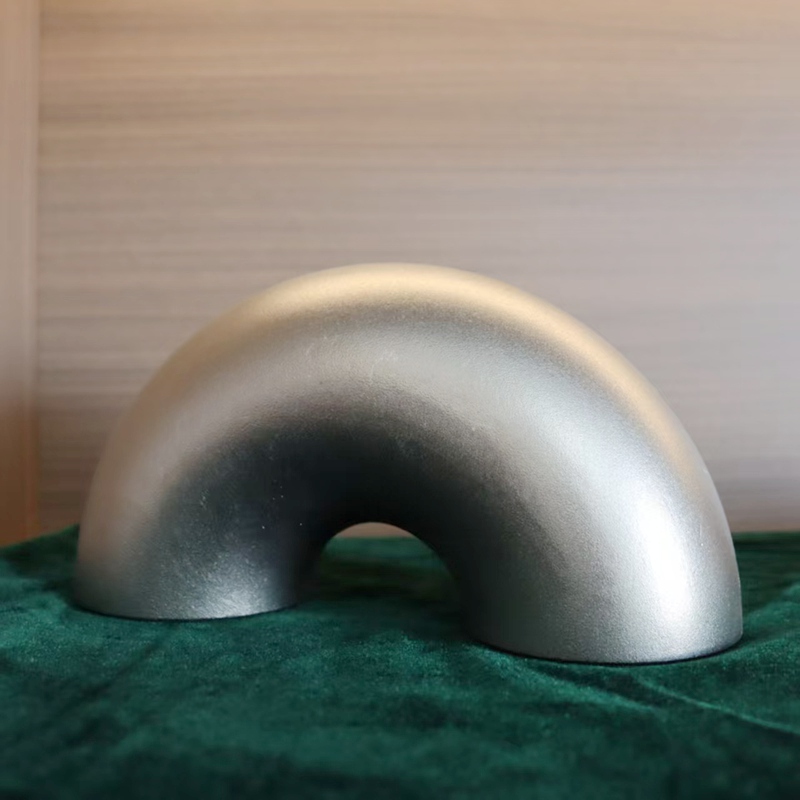
Aging Issues of Elbows in Long-Term Use
Elbows in piping systems are subject to various stresses and environmental factors over time, which can lead to aging and degradation. Understanding these aging mechanisms is essential for maintaining system reliability and planning maintenance or replacement.
1. Corrosion and Material Degradation
Continuous exposure to corrosive fluids, moisture, or chemicals can cause metal thinning, pitting, and weakening of the elbow material.
Corrosion may be accelerated by temperature fluctuations and stagnant zones within the elbow.
2. Mechanical Fatigue
Repeated pressure cycles, vibrations, and mechanical loads induce fatigue cracks, especially near welds or high-stress areas.
Over time, these cracks can propagate, leading to leakage or failure.
3. Stress Corrosion Cracking (SCC)
A combined effect of tensile stress and corrosive environments can cause SCC, leading to sudden and brittle fractures in elbows.
Common in stainless steels and alloy materials under specific conditions.
4. Wear and Erosion
In systems transporting abrasive particles, elbows suffer from wall thinning due to continuous impact and erosion, reducing structural integrity.
5. Thermal Aging
High-temperature service leads to microstructural changes in metal, such as carbide precipitation or grain growth, which reduce toughness and increase brittleness.
6. Environmental Factors
External conditions like UV exposure, temperature cycling, and humidity can degrade protective coatings and contribute to external corrosion.
7. Creep
In high-temperature and high-pressure applications, prolonged stress causes slow, permanent deformation of the elbow material, potentially altering its shape and thickness.
Prevention and Mitigation
Use corrosion-resistant materials and protective coatings suitable for the operating environment.
Implement proper support and vibration control to reduce mechanical fatigue.
Monitor operating conditions to avoid stress concentrations and excessive thermal cycles.
Schedule regular inspections using non-destructive testing to detect early signs of aging.
Replace or refurbish elbows showing significant degradation before catastrophic failure occurs.
Conclusion
Aging of elbows in long-term service results from a combination of corrosion, mechanical fatigue, thermal effects, and environmental exposure. Proactive maintenance and material selection are key to extending service life and ensuring the safety of piping systems.
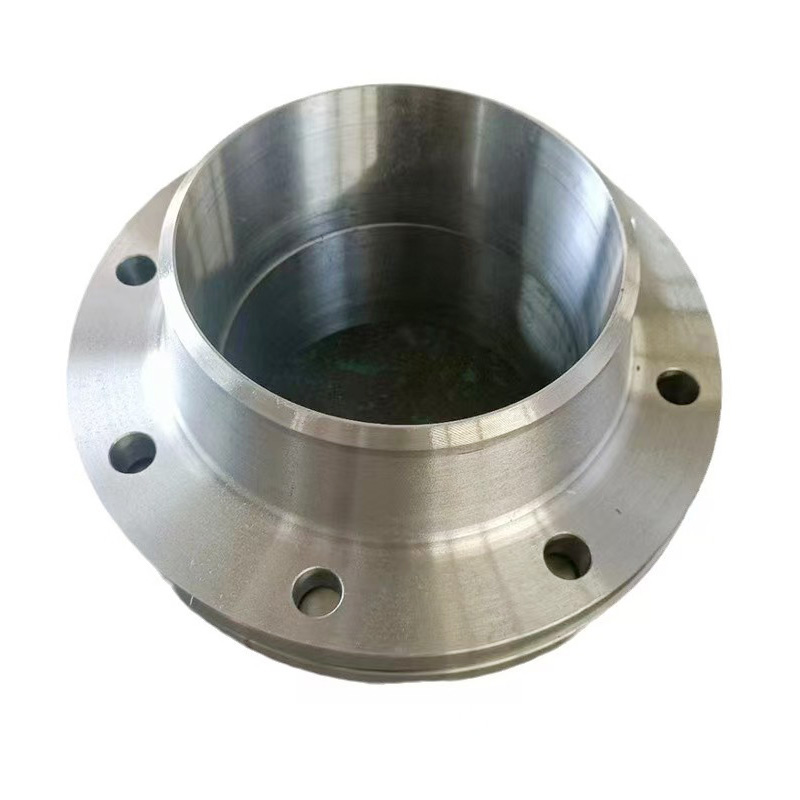
AWeld Neck Flange (WN Flange)is a type of piping flange designed to be welded to a pipe or ...
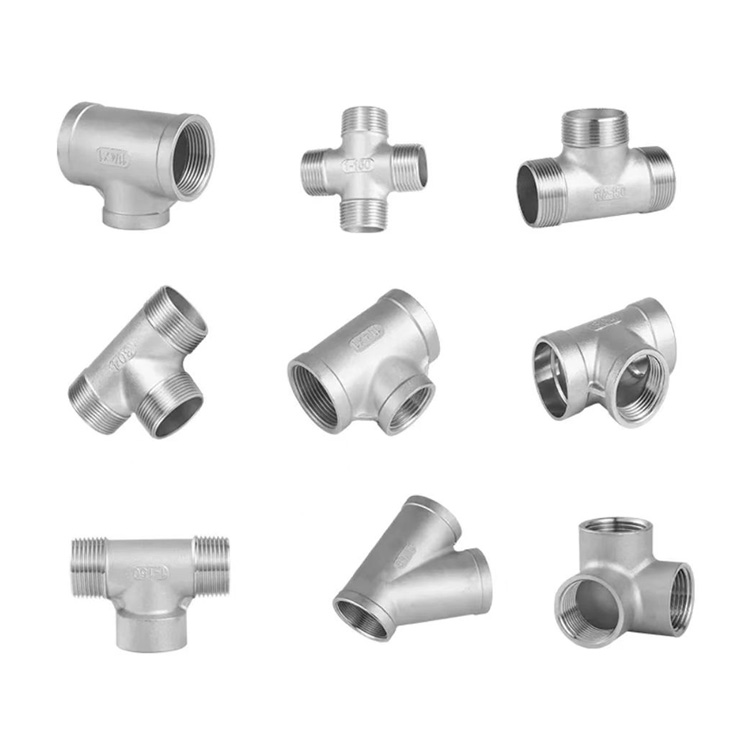
Socket fittings are essential components in piping systems, designed to connect, branch, or...
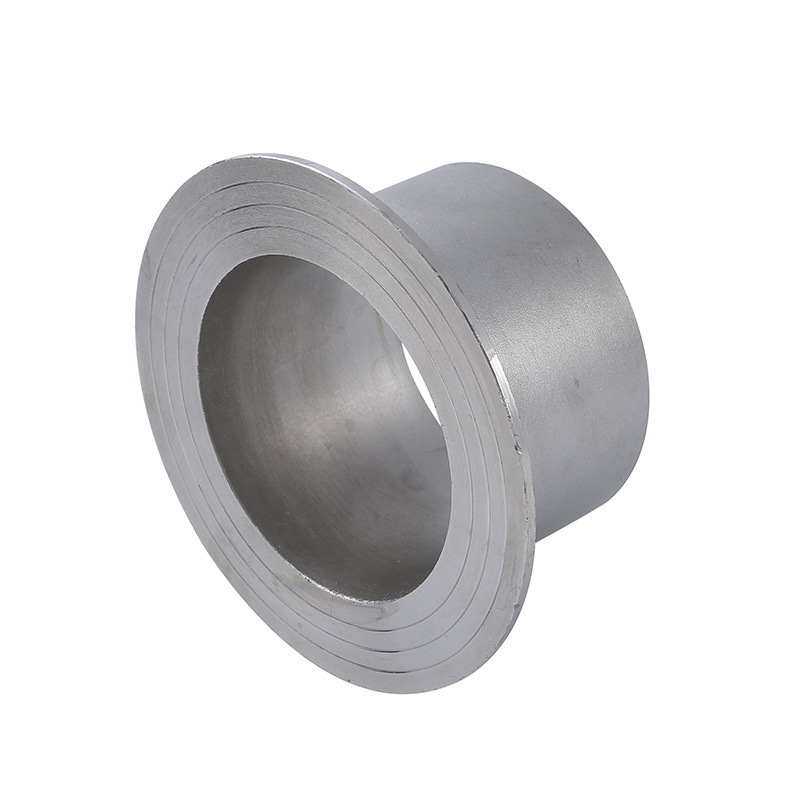
Welding ring is a commonly used metal ring component in pipeline connection or equipment do...
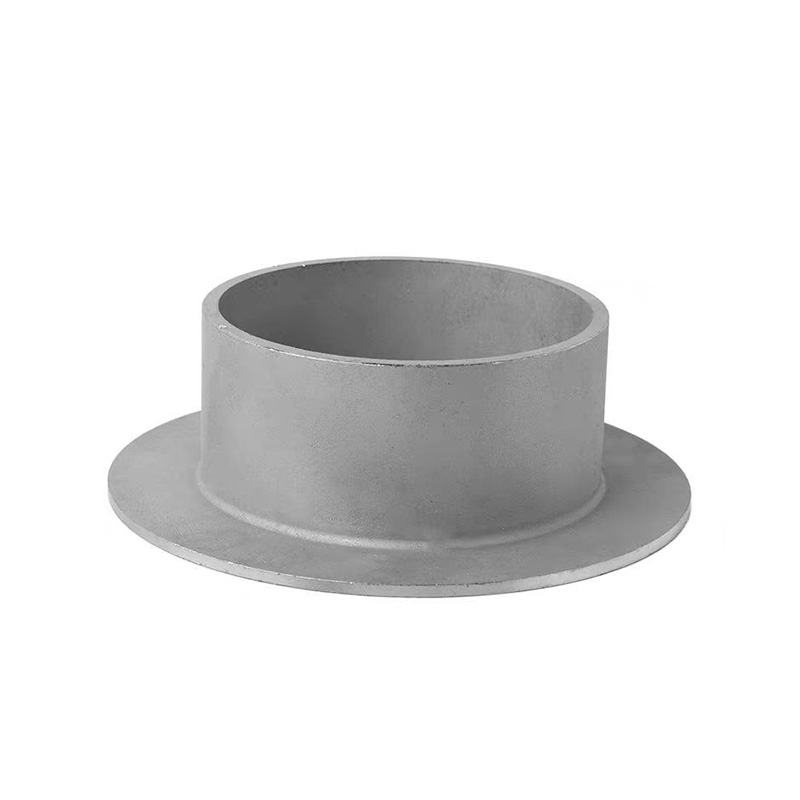
Welding ring is a pipe fitting used for pipeline connection. The following is its detailed ...






